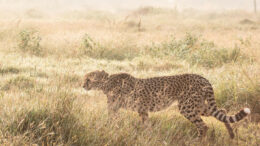The news about our planet seems to get worse every day. When you dig a little deeper, though, you can find progress going in the right direction all over the world. It’s not all-encompassing, and it’s not enough, but it may give you hope to keep fighting for a better future.
This month a good deal of that hope comes from the world of big cats — tigers, cheetahs and other feline predators. And it all starts with a story I thought I’d never hear.
Multiplying Cheetahs
I’ve been writing about endangered species for 19 years, and in each of those years people have proposed restoring cheetah populations to India — or actively blocked efforts to repopulate the subspecies.
Asiatic cheetahs have a long and storied history in India. Rulers tamed the big cats centuries ago, but they were also hunted for their pelts and faced both habitat loss and depletion of their prey. Cheetahs couldn’t outrun these problems; Humans wiped out the last Asiatic cheetahs in India about 70 years ago.
People started talking about reintroducing the animals almost immediately after the last ones died, but the controversial idea faced resistance at every turn. Proponents went all the way up to the Indian Supreme Court in 2009, which blocked plans for another decade.
But the court changed its mind a couple of years ago, and finally, just last September, Namibia gifted eight African cheetahs — a related subspecies — to the nation of India, including five females. That fall, after a brief quarantine, the cats were released into Kuno National Park to great fanfare.
South Africa provided another 12 cheetahs last month, illustrating the international support for the effort.
But something else happened last month that was even better: Some of those initial cheetahs gave birth to four little cubs — the first cheetahs born in India in more than seven decades.
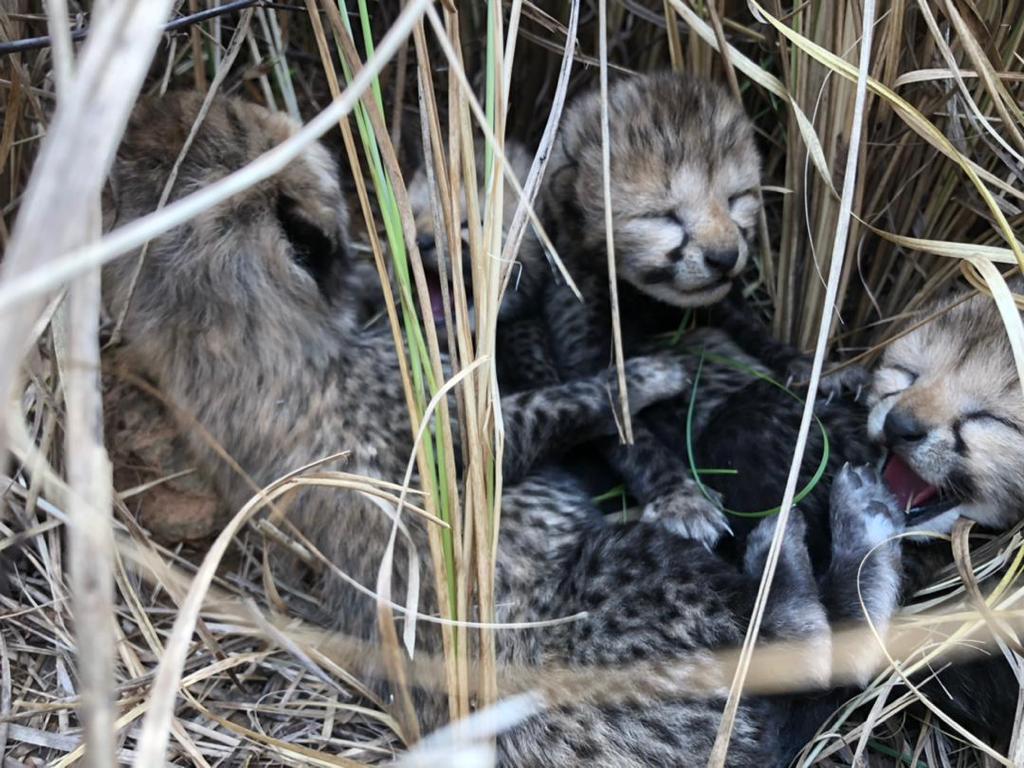
“I congratulate the entire team of Project Cheetah for their relentless efforts in bringing back cheetahs to India and for their efforts in correcting an ecological wrong done in the past,” environment minister Bhupender Yadav said on Twitter when he announced the news.
Unfortunately the news was tinged with a bit of sadness: One of the female cheetahs imported from Namibia died of suspected renal failure just the day before the birth announcement.
Still, this rare case of rewilding a large predator proves that India can support cheetahs — and it has proven successful enough to inspire imitation. This month Nepal announced that it, too, was interested in importing cheetahs to the country. It’s unclear if Nepal ever had native cheetahs, so this may or may not fly. But with cheetahs facing range restrictions and poaching wherever they live, giving them one or two new places to exist and thrive can only help.
One last thing to mention: This isn’t a perfect reintroduction. For one thing, creating space for nonnative African cheetahs has effectively blocked the hope of establishing a second population of Asiatic lions, who currently live in just one site in Gujarat, where a disease could easily rip through the entire subspecies.
For another, this offers little benefit to Asiatic cheetahs, who remain all but extinct, with only 50 or so left in Iran. Until the pressures threatening that species have been alleviated, the native cheetahs of Asia remain in a race against extinction.
Counting Tigers
More good news out of India: The population of wild tigers there has surged to 3,167. That’s up from just 1,411 in 2010 and represents a major victory for tiger conservation and worldwide efforts to boost the big cats’ populations.
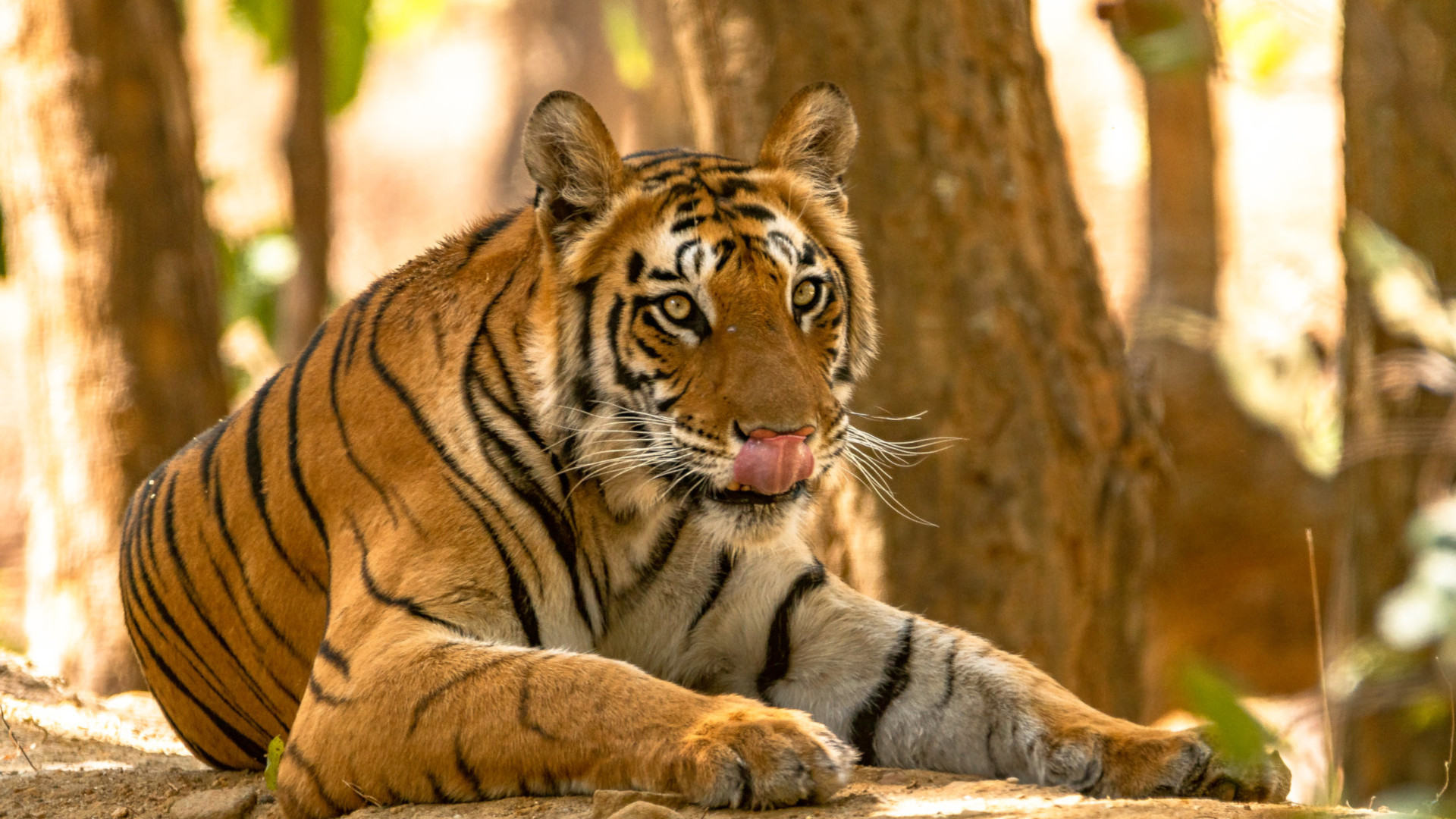
For many years the total number of tigers worldwide hovered at just 3,200. India now has almost that exact amount.
The governments of the world have missed their self-imposed deadline to double the tiger population by 2022, and the threats to tigers remain, but this illustrates the progress is still being made at least in some tiger range countries.
Also in Tiger News
Scientists have shown the big cats have individual personalities, a discovery that could have implications for their conservation. This probably doesn’t come as a surprise — all cats have personalities, as any housecat owner can tell you — but it could allow for customized approaches to benefit each tiger, and through the individuals help the population as a whole. As the journal Science reported, “Understanding how a particular tiger is wired may help conservationists manage its interaction with nearby human inhabitants, livestock, and even other tigers.”
Lions Return # 1
The last time I wrote about West African lions, way back in 2014, things didn’t look good. The genetically distinct population — relatives of the extinct Barbary lion — had fallen to about 400 animals scattered across 11 nations. Today the population is even smaller, somewhere between 120 and 374 animals, according to Panthera, the big cat conservation organization.
But that number is just part of the story. This March Panthera announced that a West African lioness named Florence had just given birth to her third litter, this one containing three young cubs.
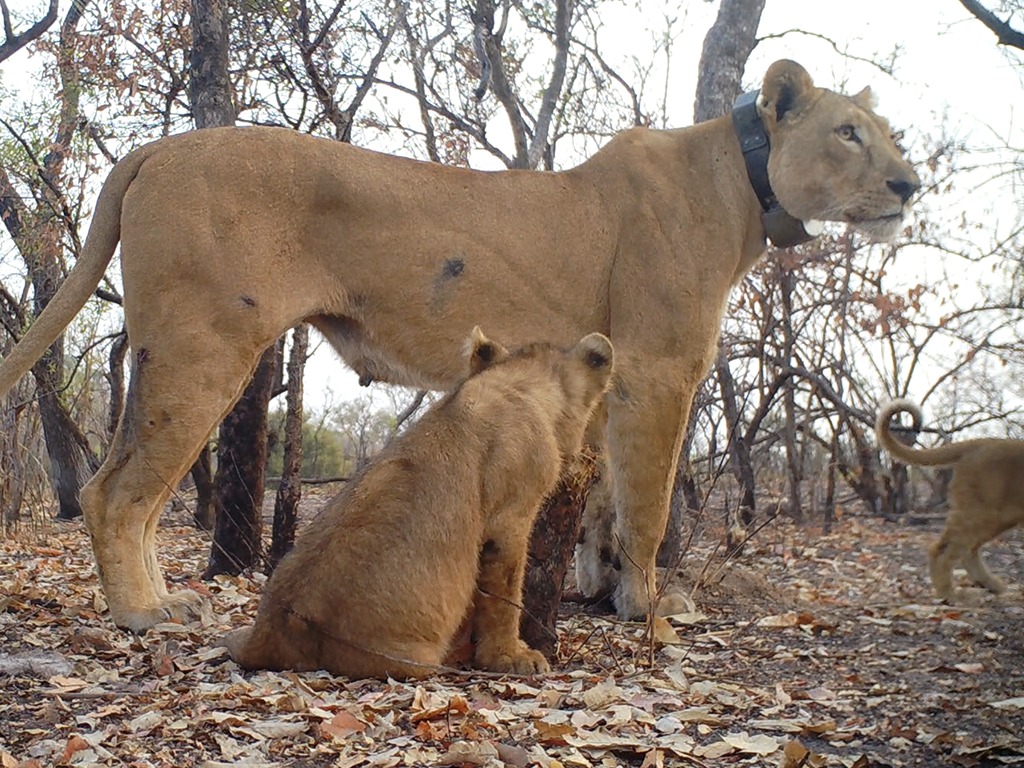
Mama and family all live in Senegal’s Niokolo-Koba National Park, a UNESCO World Heritage Site which now holds 30 lions and healthy prey populations — an amazing conservation victory. Panthera hopes to raise that population to 100 lions by 2030, something that seems eminently doable if they keep breeding the way they are.
That park has represented hope for West African lions since the 2014 study that first documented their decline, as conservationist Philipp Henschel told me that year:
Henschel says the most rewarding encounter occurred in Senegal’s Niokolo-Koba National Park. They had been searching the area for more than a month under extreme heat — “over 95 degrees Fahrenheit even at night” — when they finally spotted a big cat. “What says it all, concerning the rarity of the lion in the park, is that not one of my four survey team members, all long-serving national park service staff, had ever seen a lion in their lives. It was extremely rewarding to see how excited they all were to finally have seen the animal that is also a symbol of national pride in Senegal.”
Lions still face enormous threats throughout West Africa. Food for large predators is nearly nonexistent, habitats are shrinking, and poaching of lions and their prey animals remains rampant. But this conservation success in Senegal proves that lions have a future here and in other West African countries.
Lion Return # 2
Meanwhile, in the Central African nation of Chad, a lion has turned up in Sena Oura National Park for the first time in 20 years.
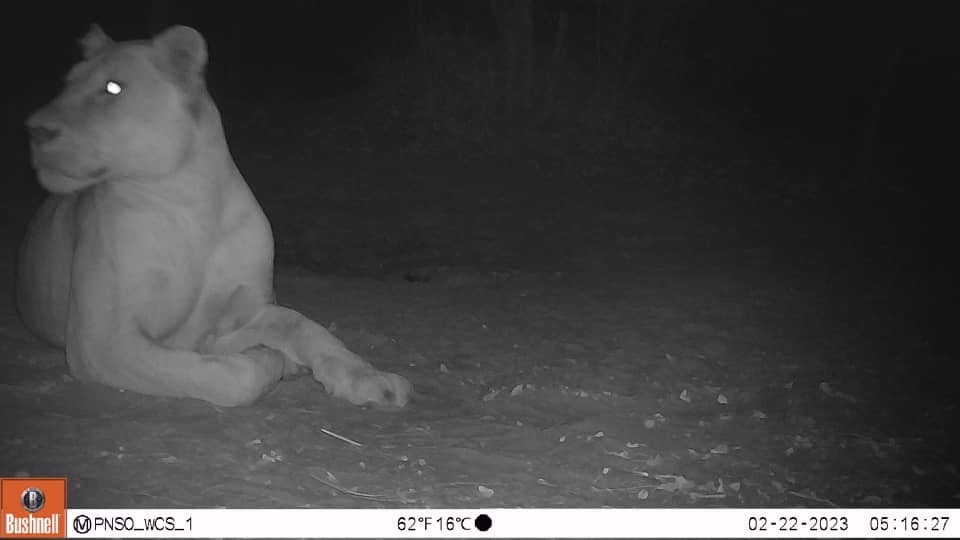
A press release from the Wildlife Conservation Society calls her a “beautiful lioness, in her prime and clearly in great health.”
The press release continues:
The region saw a period of ruthless, organized poaching more than a decade ago, but has since benefitted from a very strong commitment to conservation by the governments of both Cameroon and Chad. This has produced better protection of the national parks and wildlife populations are now starting to recover.
Adjacent Bouba N’djida National Park in Cameroon supports lions, which are now increasing and appear to be recolonizing parts of their former range, including Sena Oura.
Western and Central African lions need all the help they can get, and this double dose of good news should help to support future conservation efforts.
Tick Tock
Protecting big cats in the wild also necessitates protecting them in captivity. In the United States, that’s the role of the Big Cat Public Safety Act, which was finally passed into law this past December. Thanks to this important regulation, people will no longer be allowed to own or breed tigers, lions, jaguars, leopards, cheetahs and other newly prohibited wildlife species.
This is a big deal for big cats, about 20,000 of whom are estimated to be in private hands in the United in the United States alone. These animals often suffer under cramped, inhumane conditions, and have sometimes been bred from multiple species or subspecies, making them useless for conservation. Countless people have been injured or killed by privately owned cats, many of whom have been displayed in roadside zoos or other “attractions” (think “Tiger King”). Conservationists have long suspected that some privately bred cats ended up in the illegal trade, either as live pets or body parts, which further fueled demand for wild cats, nearly all of which are endangered.
Ownership of most of these big cats was previously legal under certain lax state laws. That’s finally ended. The U.S. Fish and Wildlife Service this month declared that people who own big cats have until June 18 to officially register them, after which they will be allowed to possess them but not breed or sell them.
Ideally possession of most of these 20,000 big cats would now shift to accredited sanctuaries, where they would spend the rest of their lives in safety. But private ownership of big cats is one of the major threats to their survival in the wild, and now one major market for the animals is closed. We call that a victory.
Cats As Gardeners?
A new study further emphasizes the ecological value of mountain lions. Researchers found that when cougars kill their prey, the carcasses deliver nitrogen to the soil, which inspires more plant growth, which sets the stage for higher herbivore populations.
Which, of course, sets the dinner table for another helping of mountain lion prey, which starts the cycle all over again.
“To those who care for the well-being of wildlife and the wild habitats sustaining all living beings,” researcher Mark Elbroch told Mongabay, “these findings yet again demonstrate the value and need to conserve the Americas’ pumas.”
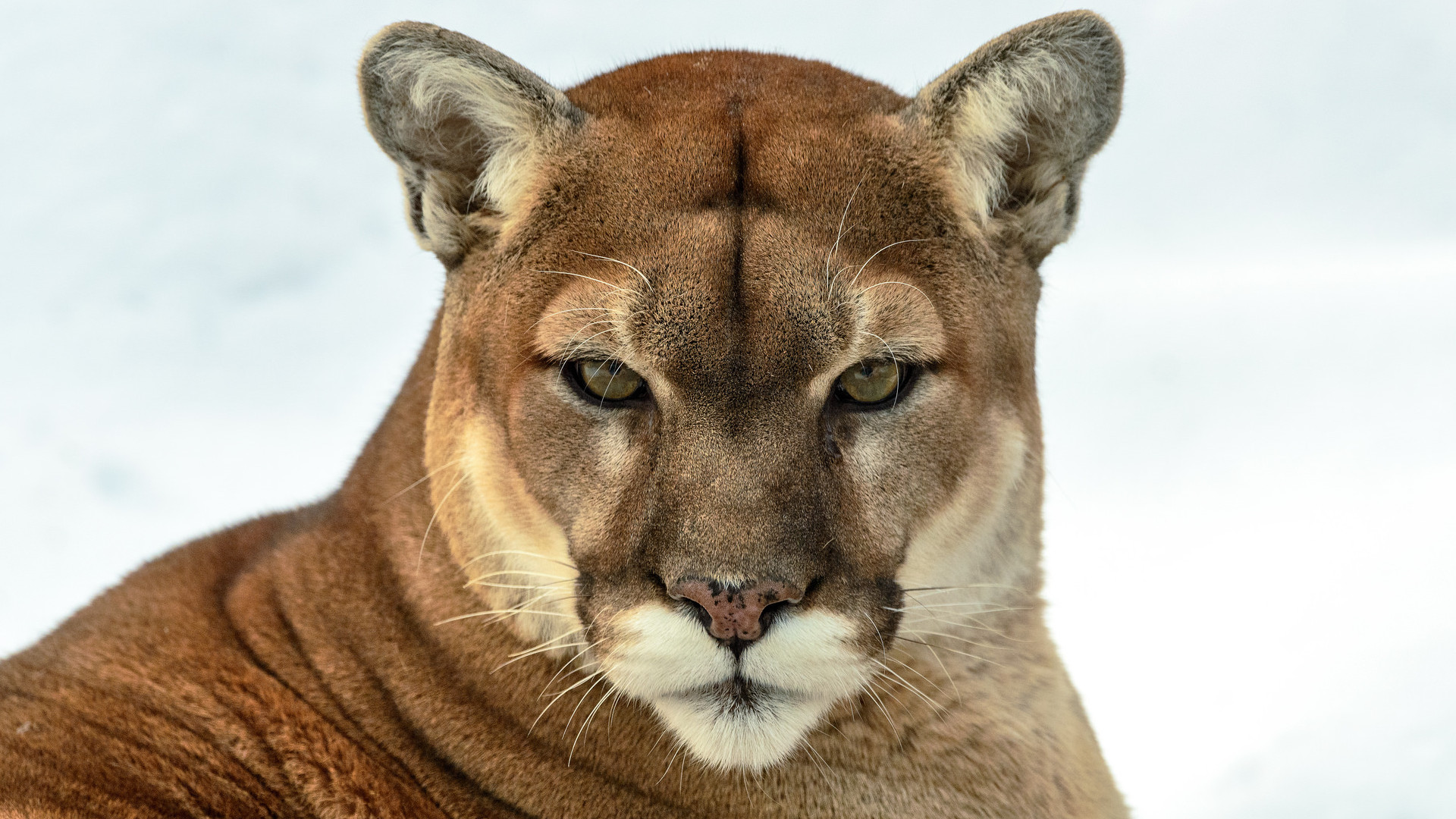
The One Bit of Bad News This Month
A mountain lion in Wyoming has died from avian flu, possibly after eating infected birds. Expect to hear a lot more about this rapidly spreading disease in the months to come.
Stamp of Approval
Finally, in feline philately news, the Florida panther is one of 20 threatened animals honored on a new set of stamps commemorating this year’s 50th anniversary of the Endangered Species Act.
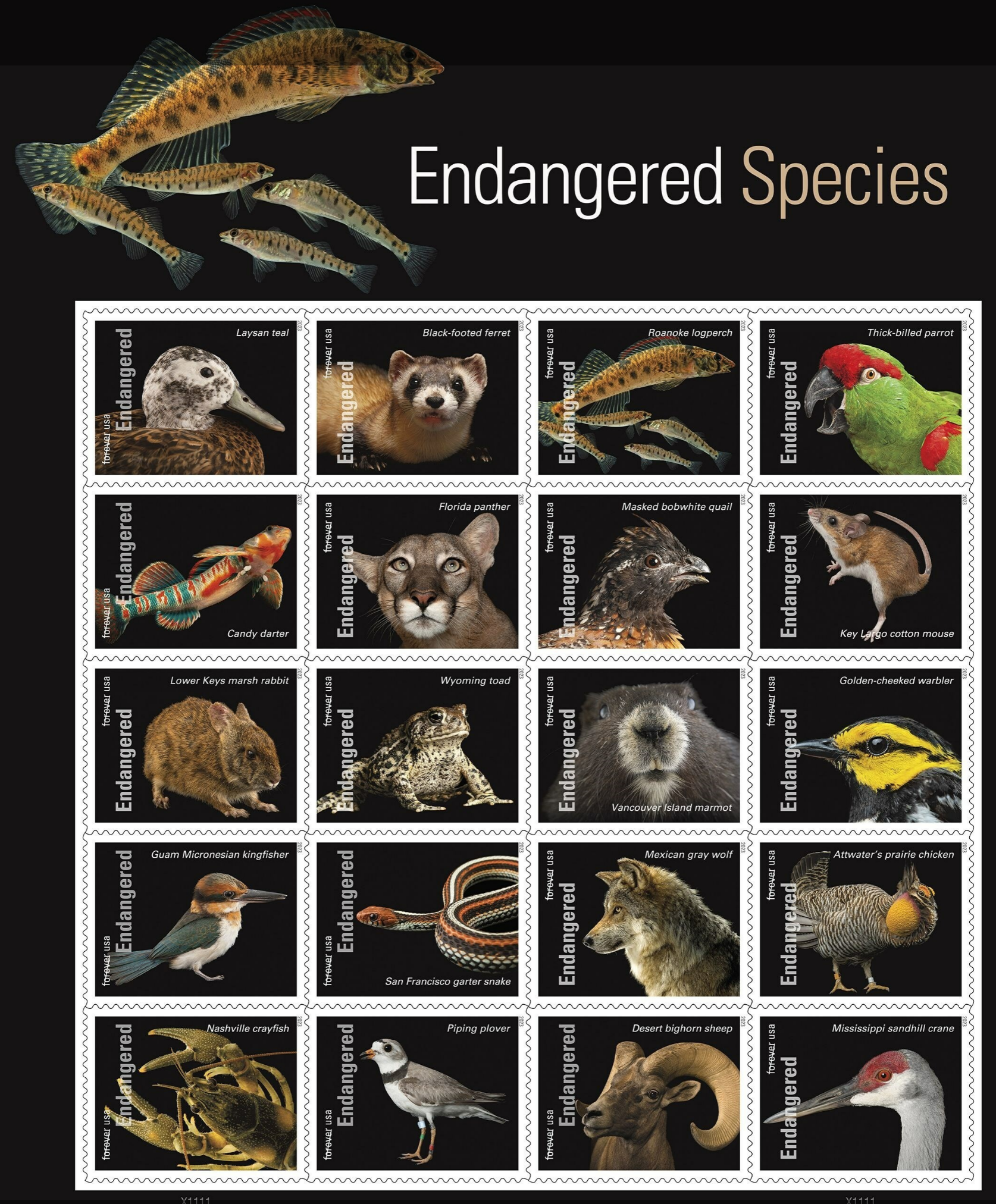
Each stamp bears a photo by National Geographic “Photo Ark” creator Joel Sartore. The set will go on sale next month, after which there will be more photos of Florida panthers in circulation than there are actual Florida panthers.
Previously in The Revelator:
Tigers and Wolves: The Reigning Cats and Dogs in Conservation?
![]()

